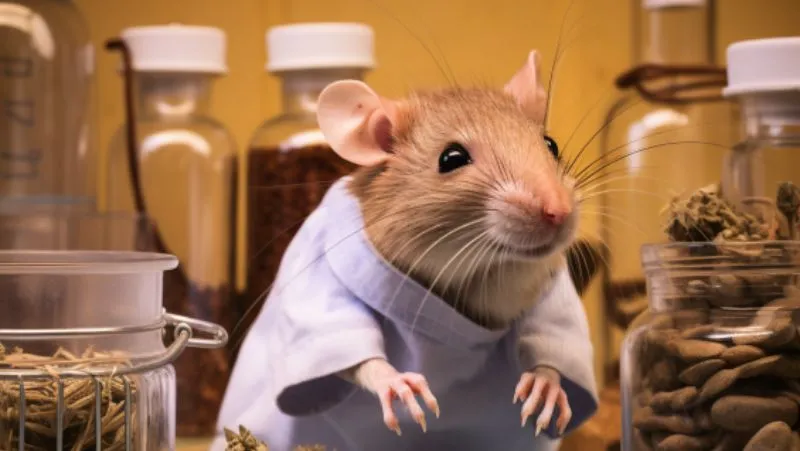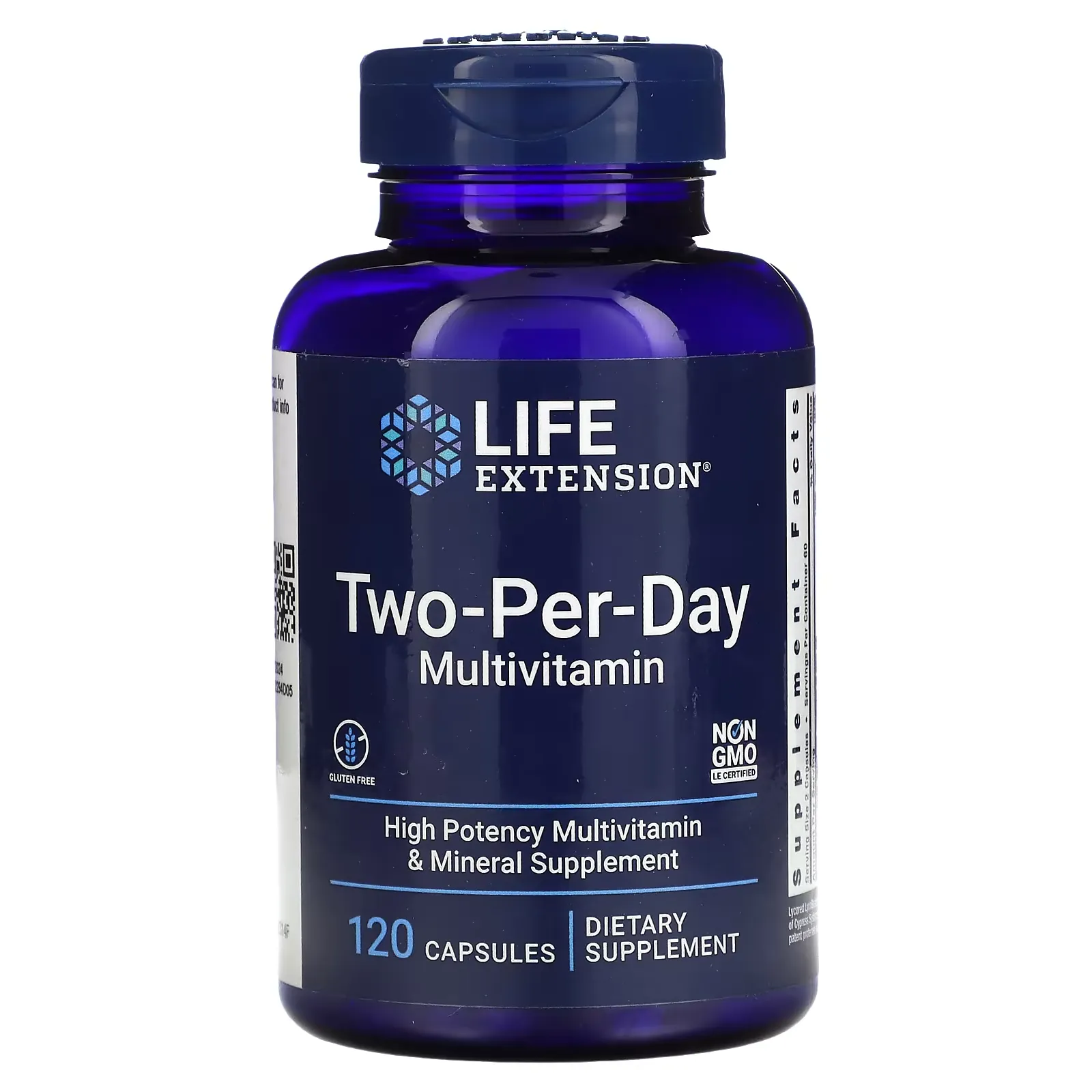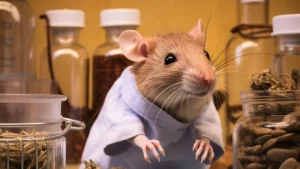Spoilers for this article
- According to the latest 2023 study,ashwagandha (type of Indian cactus)The ingestion of roots isgreatside effectPoses no risk.The results of the survey confirmed that
- In this study, as a result of experiments conducted on Wistar rats,ashwagandha (type of Indian cactus)The dosage of the rootSafe when converted to the dose generally recommended in humansIt is evaluated to be
- The results of this study are,ashwagandha (type of Indian cactus)against the safety of theNew Scientific Evidenceand will likely have an impact on future research.
'In human terms.Obviously an overabundance.The study says, "The mice's kidneys and livers were fine, even though they were inoculated with
ashwagandha (type of Indian cactus)Would you like to learn more about the safety and effectiveness of the "Mere Old Man" based on the latest scientific research?
This article is based on the latest research published in 2023,ashwagandha (type of Indian cactus)This section details the safety, dosage, and effectiveness of

speaking one's mindashwagandha (type of Indian cactus)Is it safe? Is it dangerous?" These are the results of a study that answers the question, "Is it safe?
If you want scientifically backed information, this is a must read. Please read to the end.
What is ashwagandha in the first place?

ashwagandha (type of Indian cactus)(scientific name: Withania somnifera Dunal) has been used for thousands of years in Ayurveda, the traditional medicine of India, to treat both physical and mental health problems.stressThe herb has been used as an effective medicine, tonic, and even aphrodisiac.
Nowadays, the effectiveness of these products has been proven by modern science through various clinical studies, and they are attracting attention.
The fruit is an evergreen shrub of the eggplant family. The name comes from the horse's (ashwa) smell (ganda).
Some say it is named after the robust vigor of horses.
▼Recommended Articles

Basic information about the paper
The paper presented in this issue is based on the 2023 "Subacute toxicity of Ashwagandha (Withania somnifera) root extract in Wistar rats.".
| (data) item | Contents |
|---|---|
| Title of paper | Sub-acute toxicity of Ashwagandha (Withania somnifera) root extract in wistar rats |
| author (usu. of a particular book, etc.) | Deepak Langade a, Jayshree Dawane b, Priti Dhande b |
| Magazines | Toxicology Reports |
| Year of Publication | 2023 |

Background and Objectives of the Study
Why the Study Was Conducted
ashwagandha (type of Indian cactus)has attracted much attention for its diverse benefits, but scientific evidence-based evaluations are still lacking.

In particular, there is a need to accumulate scientific evidence, as its effectiveness and safety as a Western medicine is often questioned.
Main objectives and hypotheses of the study
The main objectives of the study are,ashwagandha (type of Indian cactus)The various health benefits ofVerified by the scientific methodThe first thing to do is to

Specifically, the following hypotheses are set
- ashwagandha (type of Indian cactus)andantioxidant actionAlthough it is believed that theSpecific mechanisms and effect sizesClarify the
- ashwagandha (type of Indian cactus)is the mentalstressand anxiety, but its effects on theDegree of effectiveness and safetyInvestigate the following
research methods
Wistar rats used as experimental animals
Wistar rats were used as experimental animals in the study.

The Wistar rat is a type of rat commonly used as a laboratory animal whose metabolism and physiological functions are similar to those of humans.
Wisterrats especially.Research on the nervous system and metabolismIt is often used for
Medium Item 2: Experimental procedures based on OECD-407 guidelines
Study procedures were based on OECD-407 guidelines.
This guideline is intended to help ensure that the chemicalrepeated dose toxicity studyThese are international guidelines regarding
- OECD-407 Guidelines
-
The OECD-407 guidelines are one of the international standards used in toxicity testing of chemical substances.
These guidelines establish procedures for administering chemical substances to animals for a specified period of time and evaluating their safety.
In particular, we administer chemicals to small animals (mostly rats) over a short period of time (usually 28 days) and observe their effects.
In the study, the animals' behavior, weight, appetite, bloodliquidand urine changes, and examination of organ weights and tissues,side effectand toxicity are evaluated.
This standard is an important step in ensuring the safety of chemicals before their use in humans.
- repeated dose toxicity study
-
Repeated dose toxicity studies are,Safety assessment of chemicals and drugsThis is one of the most important examinations in the
In this test, animals (often laboratory animals such as rats) are repeatedly administered the substance of interest over a period of time and its effects on their health are observed.
Testing periods generally range from short (a few days to a few weeks) or long (a few months to a year), and are designed to determine the potential for a substance to causeside effectand toxicological reactions.
Animal weight, behavior, bloodliquidand urine, and organ changes are studied in detail, and the data are used to estimate the risk to humans.
This testing plays a very important role, especially in the development of new drugs and in confirming the safety of chemical substances.

The guidelines will help to ensure that the study'sTransparency and reproducibilityis ensured.
Extracts of ashwagandha used and their dosage
used in the experiment.ashwagandha (type of Indian cactus)Extracts of,KSM-66It was known as the

This is also what we recommend on this site.KSM-66Yes.
Dosage,300 mg daily for Wistar ratsThe first time the company was founded, it was a "new" company.
When administered to a 70 kg human,Approx. 2,223mgEquivalent to
If the usual dosage is 600 mg per day, theMore than 3 timesCalculation of the administration of the
If it works, it should work as long as it's not too bad."This is the story.
KSM-66contains high concentrations of withanolides and is of consistent quality.
findings
General observations and weight changes
Wistar rats were given 300 mg daily ofKSM-66ashwagandha (type of Indian cactus)results in the administration of the drug,No significant changes in body weight were observed.

However, the general activity level and appetite forSlight improvementwere seen.
| (data) item | Initial (g) | After completion (g) |
|---|---|---|
| body weight (usu. one's own) | 200.0 | 205.5 |
Blood test results
bloodliquidThe inspection specifically included the followingFocus on liver and kidney functionThe first time the company was founded, it was a "new" company.
As a result, the following figures were obtained
| (data) item | Initial (U/L) | After the end of the period (U/L) |
|---|---|---|
| ALT (liver enzyme) | 20.5 | 19.9 |
| AST (liver enzymes) | 22.3 | 21.8 |
| creatinine | 0.75 | 0.72 |
References:.
Results of histological examination (histopathology)
Histopathology results, especiallyNo changes were observed in liver and kidney cells.

This is,ashwagandha (type of Indian cactus)(at least in the short term intake).Likely not harmful to liver and kidneysIt shows that
Study Conclusions
Risk of Ashwagandha Side Effects
This study has shown that short-termKSM-66ashwagandha (type of Indian cactus)ingestion in Wistar rats.No harmful effects on the liver or kidneysIt was shown that

Therefore,side effectThe risk of the disease was assessed as low.
Evaluation compared to recommended human dose
The 300 mg dose administered to Wistar rats is the same dose that would be given to humans.Approx. 2,500mgEquivalent to

Since the generally recommended human dose is 500mg~1500mg, the dose used in this study isIt is likely to be safer than human doses.
Significance of this study
Safety Contribution of Ashwagandha Use
By this study,ashwagandha (type of Indian cactus)(especiallyKSM-66(Possibility of) high safetywas shown.
Specifically, because it has been cleared that short-term use does not have a detrimental effect on the liver or kidneys,RoutinesupplementSafe to consume in use.It can be said that
Implications for future research
This study is about short-term intake,Safety of long-term ingestion has not been confirmed.The following is a list of the most common problems with the
Also, because the results were obtained in Wistar rats,Further research is needed on effectiveness and safety in humans.It is.
summary

How was it? I would like to conclude by summarizing the contents of this article.
In this article,ashwagandha (type of Indian cactus)(Withania somnifera) in detail, from the background of the study to the results and their significance.
Particularly noteworthy,Short-termashwagandha (type of Indian cactus)(especiallyKSM-66) ingestion is likely to be safe.This is the point.
However, they concluded that further research is needed on long-term ingestion and use in humans.

That's all for this article. Thank you for reading to the end.
Disclaimer
This site is primarily intended toashwagandha (type of Indian cactus)to provide information about the results of the study and not to provide medical advice.
It is not intended to diagnose, treat, or prevent any specific disease or condition.
Always follow professional advice when using the information on this site.
We also cannot be held responsible for any loss or damage that you may suffer as a result of acting on the basis of the information on this site.
Use of AI in Content Generation
This website uses AI-based automatic generation for some content.
The information generated by this automatic generation is checked against actual references and articles, and great care is taken to ensure accuracy and reliability.
It is also intended to enhance the transparency and credibility of this site by appropriately disclosing content created through automatic generation.
We believe that this site can provide richer and more useful content through automation and AI-based content creation, which will enable us to provide information more quickly and accurately.




